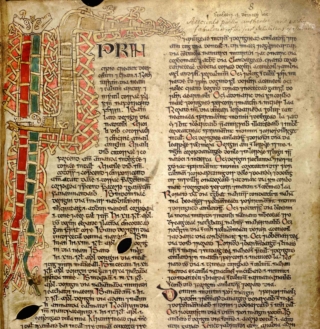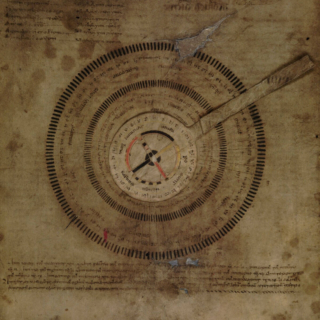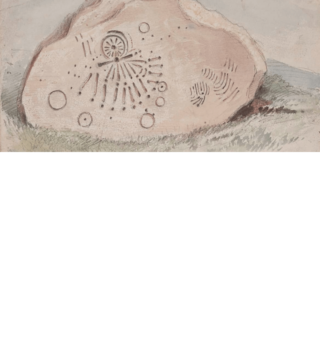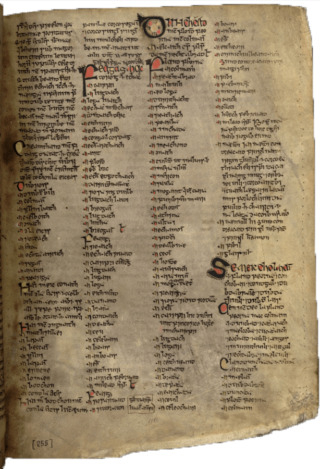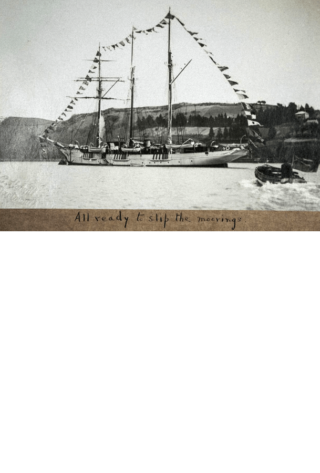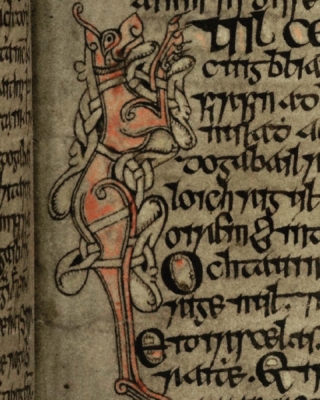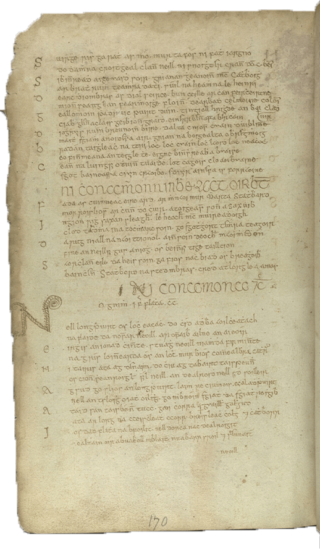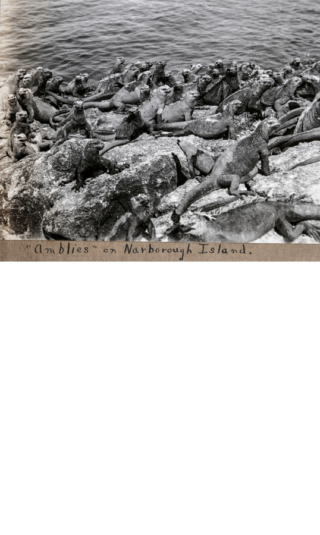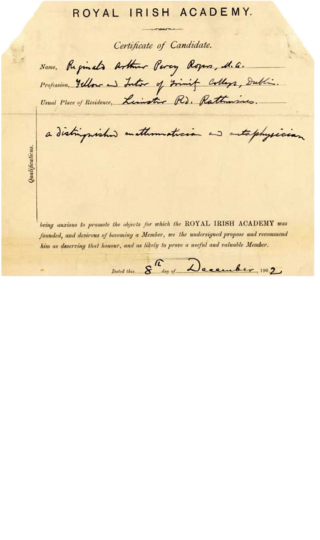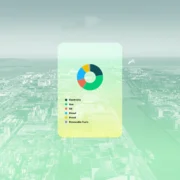Royal Irish Academy
Breathing new life into one of Ireland’s oldest institutions.
The Royal Irish Academy (RIA) is Ireland’s leading body of experts in the sciences and humanities. With a history spanning over 230 years, the RIA required a digital presence that reflected its prestigious heritage while catering to the needs of modern users.
The RIA challenged us to transform its website into an intuitive, accessible, and visually compelling platform that showcased the breadth of the Academy’s resources, research, and publications while providing a seamless user experience for all visitors.
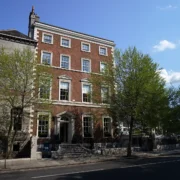
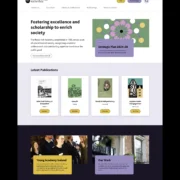
Streamlined Content
The RIA’s previous website was heavy in content but struggled to meet modern expectations regarding navigation, accessibility, quality of content and user engagement. With an extensive digital library, numerous publications, and resources such as the Irish Historic Towns Atlas (IHTA) and audio lecture series, the Academy needed a digital overhaul to Streamline access to a wide array of research and historical content, Improve usability across a varied audience, from scholars to general users; Ensure that their rich academic heritage was honoured in a design that still felt current and dynamic.
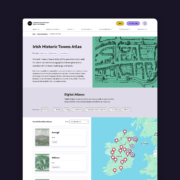
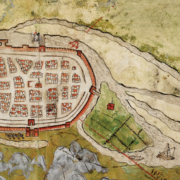
Beautiful & Functional
Our goal was to create a beautiful and functional website that showcases the RIA’s vast resources while being easy for everyone to use. We started by rethinking how the information was organized, making finding publications, research, and events more straightforward. Accessibility is always our top priority; we adhered to WCAG 2.2 accessibility standards by incorporating features like keyboard navigation, screen reader compatibility, and optimised page layouts for better readability.
Engaging
We also wanted to make the site more engaging. Interactive elements like the Irish Historic Towns Atlas let users delve into historical maps and data. The search function got a major upgrade, too. It’s now easier to find exactly what you’re looking for, with results from the collections database in the main search and new filters to refine your search. Plus, an autocomplete feature helps you find relevant content even faster.

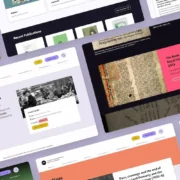
Integrations
Behind the scenes, we integrated the website with the RIA’s CRM system, Salesforce. Directories for members and staff are now always up-to-date, saving time and improving accuracy. We also seamlessly integrated their Events and access to their online collection system.
Results
The result is a website that accurately reflects who the RIA are and what they do and empowers users to explore its wealth of knowledge. We look forward to our continued partnership with the RIA, ensuring their website evolves with their organisation’s growth and aspirations.

